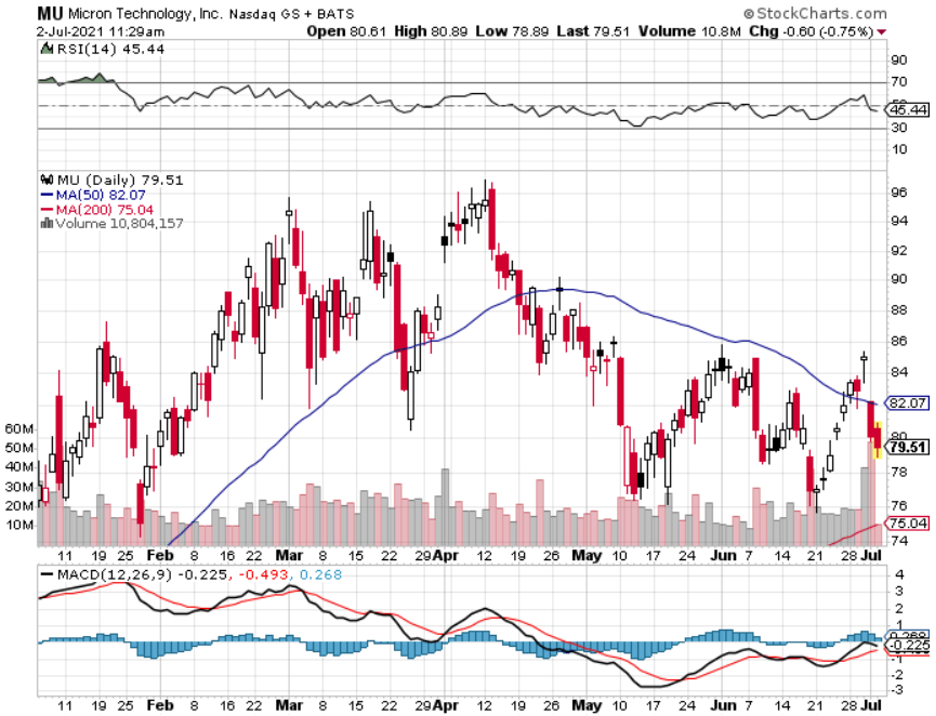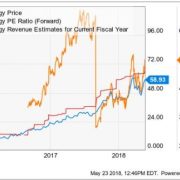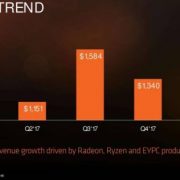Semiconductor chips have been a contentious issue since a dearth of supply has crippled tech companies around the world.
Memory and storage have become increasingly critical across diverse end-market applications, spanning from the data center to the edge and from business to consumer.
Within this context, Micron (MU) is strengthening not only financially, but also competitively.
Micron is transforming into a product leadership company that will help with upcoming node transitions, strengthening product portfolio, and deeper customer engagements that will further enhance its competitive position.
Ironically, Micron's transformation is taking place against a global backdrop of unprecedented geopolitical and economical challenges.
In the near term, enterprise servers have been weak, and that’s impacting the demand outlook.
In the first half of 2020, strong cloud demand trends were building up through the year.
The inventories, by and large, accelerated in cloud for a while and accelerated in enterprise as well until covid hit, as financial and other sectors invested in enterprise server side, but the pandemic changed everything from March 2020.
This caused enterprise to be generally weak since then, but the Cloud demand, given the work-from-home and e-commerce and streaming, all these kinds of applications have driven strong growth on the cloud side, and the strength isn’t going away anytime soon.
The middle chunk of the calendar-year 2020 saw a surge in demand in cloud.
Naturally, in the second half, Micron expects the cloud side to moderate as workers go back to the office signaling a pickup in the enterprise side of the business.
And don’t forget, in 2020, because of the pandemic, total smartphone unit sales were down by 10% year-over-year basis.
But in 2021, smartphone sales are expected to pick up as consumers feel the need to improve their phones and economies bounce back in North America.
In fact, smartphone sales are already picking up in the marketplace right now.
Not only is it a story of increasing smartphone sales as we go through calendar 2021 beyond the seasonally slower first quarter of the calendar, but it is also the story in 5G of higher content, both for memory and storage.
These are the demand drivers that are offering an optimistic outlook for DRAM demand in calendar-year 2021, continuing to improve, starting from the beginning of the year, particularly as we get past the seasonal calendar Q1 time frame.
I would expect a backdrop of demand expectation of 20% growth in DRAM.
Desktop PC sales have been weak due to pandemic-driven changes to customer buying patterns, but DRAM and NAND content growth continue to be a secular trend in the automotive market, supported by advanced infotainment systems and increased automation in cars. The pandemic has significantly impacted both auto production and demand in fiscal 2020, but there was a strong recovery toward the end of fiscal Q4, and expect sequential growth in sales of Micron products in the automotive market in Q1.
Huawei has been a large customer at approximately 10% of fiscal Q4 sales and Micron received notification to cut off sales given a month by the US government to do so. This is a highly negative event resulting in a loss of sales.
Micron estimates that 2020 industry DRAM bit demand growth is likely to be in the “mid-teens percent range”, while NAND bit demand growth is likely to be in the “mid-20s”.
Q4 revenue was approximately $6.1 billion, up 11% sequentially and 24% year over year which I would deem healthy.
DRAM revenue increased 22% sequentially and 29% year over year.
Micron is also holding higher levels of raw material during this period because of supply uncertainty and expects inventory levels to normalize over the course of 2021.
To sum it up, Micron’s management has started to see recovery in the mobile, auto, and consumer markets, but the pace of recovery has been moderated by the continued impact of the pandemic, and shortages of certain non-memory components in some end markets.
Enterprise demand is still weak, and customers may be carrying higher inventory.
Micron continues to execute well despite continued market uncertainty and geopolitical challenges.
The stock sold off on disappointing news that Huawei’s lost business was 10% of sales, weak enterprise activity, and negative PC sales momentum.
There has been a great deal of news regarding the shortage of chips, little do many know, non-chip components are also needed to build Micron’s chip products.
Even though their cloud business was up big during the pandemic, enterprise business was down big because office workers were sent home and management felt there was no reason to progress with the enterprise upgrade cycle.
The lack of smartphone sales affected sales for Micron’s chips as many people held off on their own smartphone upgrade cycle and maintained the phone they already had.
It was a mixed bag for sure, which is why Micron sold off on the earnings’ report and the stock will need time to digest shares after a pandemic-induced boost in expectations that led the stock higher from $42 to $92.
Expectations and performance got too far ahead of itself in the short-term and analyzing this earnings’ performance, it’s cut and dry that there are also many drawbacks to a NAND and DRAM chip business in the pandemic.
Some parts do well, and some do worse and that expectation wasn’t baked into the pricing.
Expect Micron to retrace further as the market has told us they will need to fix parts of their business such as the enterprise side, phone business, and PC desktop business for the stock to reaccelerate past $92.







